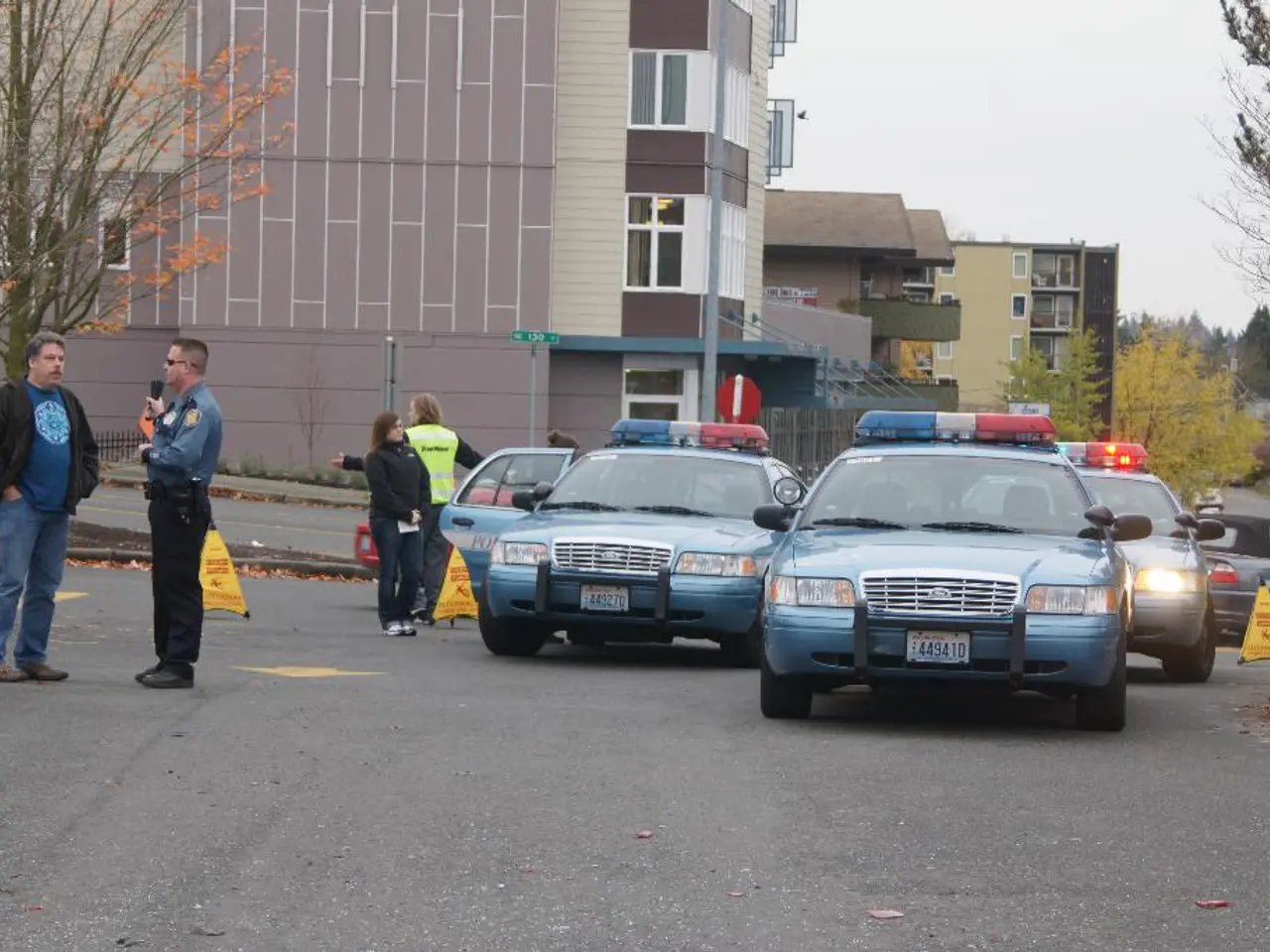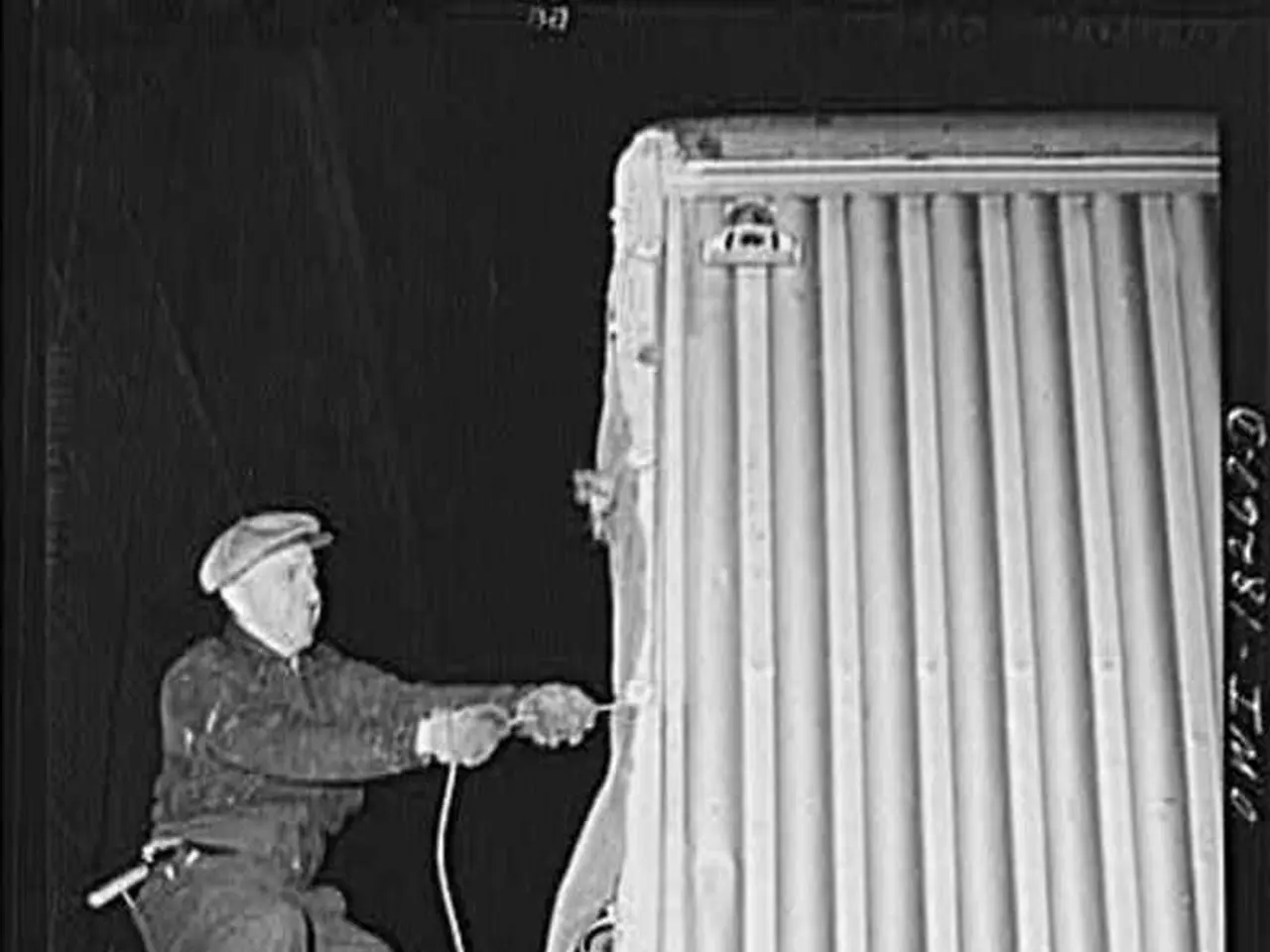West Coast USA braces for potential tsunami following Alaska earthquake
The latest information on the aftermath of the July 16, 2025, Alaska earthquake (magnitude 7.3) near Sand Point reveals a series of events that have kept residents and authorities on high alert.
The earthquake struck at about 12:37 p.m. local time, approximately 55 miles south of Sand Point, at a depth of roughly 9 miles (14 km). The quake was strongly felt throughout the Alaska Peninsula and southern Alaska, including places like Kodiak, Cold Bay, and even mildly in Anchorage.
The earthquake triggered an initial tsunami warning for Southwest Alaska coastal communities, including Sand Point, Cold Bay, and Kodiak. However, the tsunami waves recorded were very small and non-destructive. For instance, Sand Point experienced a wave only about 7 centimeters (two-tenths of a foot) high, which was not impactful. No reports of major tsunami waves or damage caused by them have been reported.
The earthquake is part of a seismic sequence along the Aleutian subduction zone, a region known for significant seismic activity in recent years. State seismologist Michael West highlighted that although the event was strong and felt widely, its tsunami threat has so far been minimal.
However, given the location on the Aleutian subduction zone, this region is prone to recurring seismic events, including earthquakes and tsunamis. As a result, residents should remain vigilant for aftershocks or further seismic activity.
Authorities continue monitoring for any delayed waves, landslides, or triggered submarine events that could pose hazards. Ongoing monitoring by the Alaska Earthquake Center and the National Tsunami Warning Center remains critical in providing timely warnings of any future risks related to aftershocks or secondary hazards triggered by this earthquake.
The tsunami warning issued following the earthquake led to evacuations in Sand Point, Kodiak town, and other coastal towns. Despite the challenges posed by the event to the well-developed tsunami response community in Alaska, no major injuries or deaths have been reported.
To date, over 40 aftershocks have been detected, including an M5.2 aftershock. The National Tsunami Warning Center predicted a possible 1 foot tsunami wave along a 500 miles corridor, but the actual waves observed were much smaller.
In summary, the July 16, 2025, magnitude 7.3 earthquake generated a brief tsunami warning but resulted in only minor shaking damage and very small tsunami waves. The area remains under watch for possible aftershocks or secondary hazards due to its seismic activity along the Aleutian subduction zone.
- Although the July 16, 2025, earthquake was felt across national boundaries, the US was one of the countries strongly impacted by it.
- The US-based MSF (Médecins Sans Frontières) has deployed teams to assess the health implications of the earthquake in affected areas, such as Alaska.
- The World Health Organization has called for global collaboration in providing aid to the affected regions, recognizing the importance of collective efforts in mitigating the effects of disasters.
- The tsunami warning issued after the earthquake disrupted various sports events across Alaska, raising concerns about rescheduling matches and ensuring players' safety.







